Floor door stopper: why do you need it and which one to choose?

If there is a door, interior or entrance, then there must be a limiter for it. This element is not at all so useless, on the contrary, it performs an important function. Door restraints need to be able to choose, so you need to understand their varieties and variations.
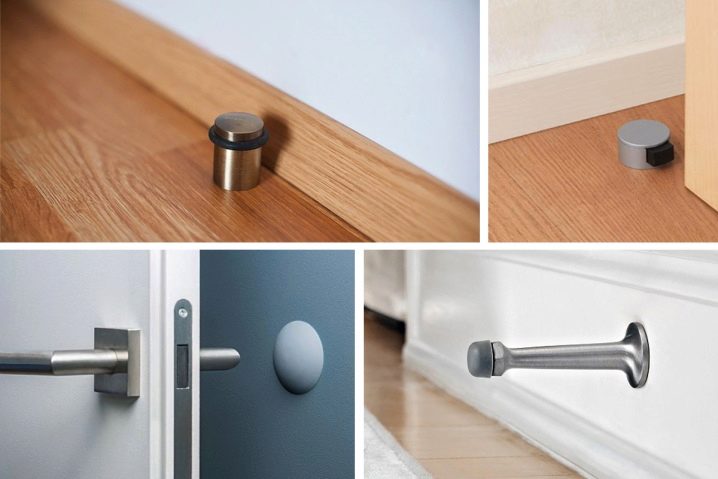
Why do you need a stopper?
A wall stopper, floor door stop or any travel limiting mechanism prevents the door handle from bouncing against the wall or adjacent furniture. Without a stopper, dents, scuffs or chips may appear after a short time. The door leaf also has a hard time from such exploitation. Scratches and other damage appear on the handles, the hinges quickly deteriorate, and the door itself begins to dangle.
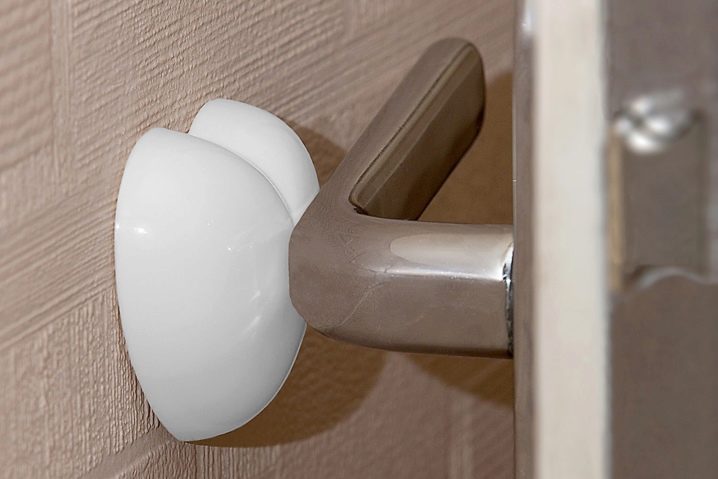
All these problems are solved by purchasing and installing a stopper for a door: entrance or interior. The wall and surface of the furniture are well protected when the doors are opened. The impact is taken by the stopper, which limits the opening angle of the doors. It is made of durable material that is designed to withstand high loads.
The door leaf comes into contact with the shock-absorbing material, due to which the material does not deteriorate even with intensive use. You can choose completely magnetic stoppers that will gently bring the door, excluding a blow.
Varieties
Just as doors are different in their characteristics and features, so the limiters for them are produced in a wide variety. First you need to understand the terminology used. With this information, it will be much easier to make a choice:
the stop limits the opening angle of the door leaf, some models can fix it in this position;
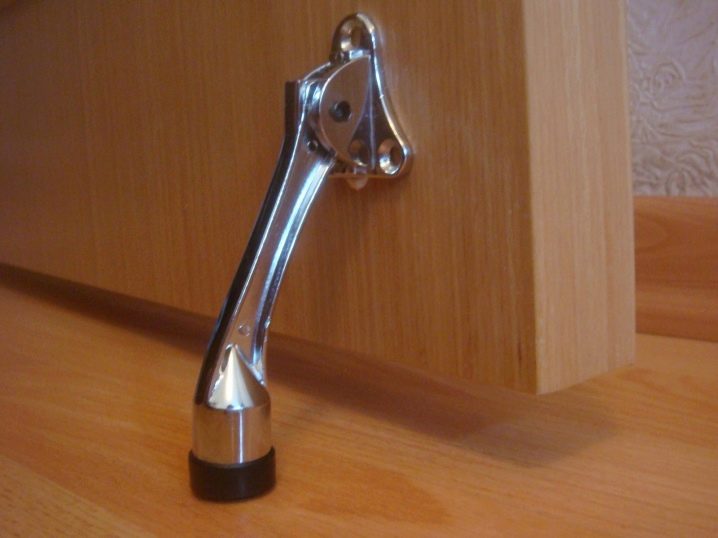
a bump stop prevents the door from hitting an object / structure that is located in the path of its opening;
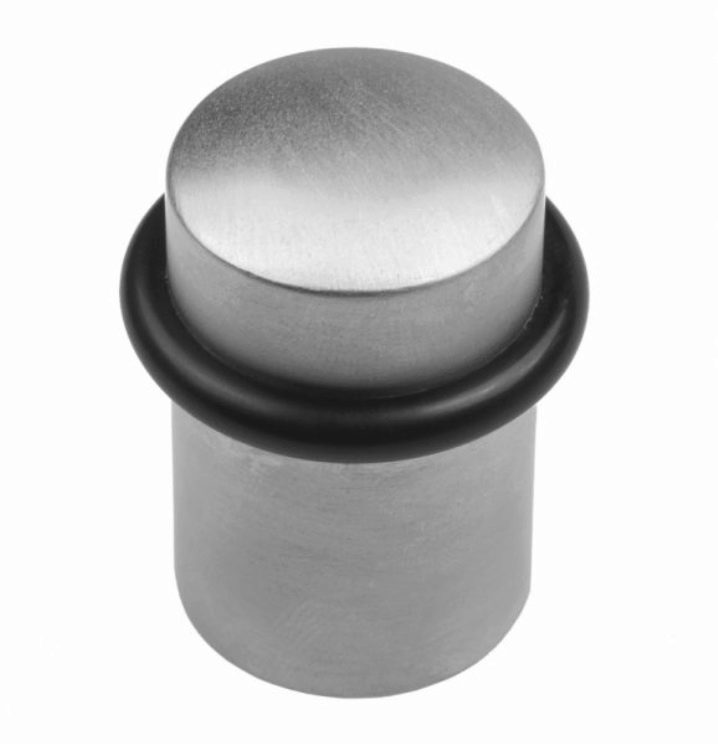
the stopper allows you to fix the structure in the position desired by the user;

the pad prevents arbitrary slamming of the canvas;
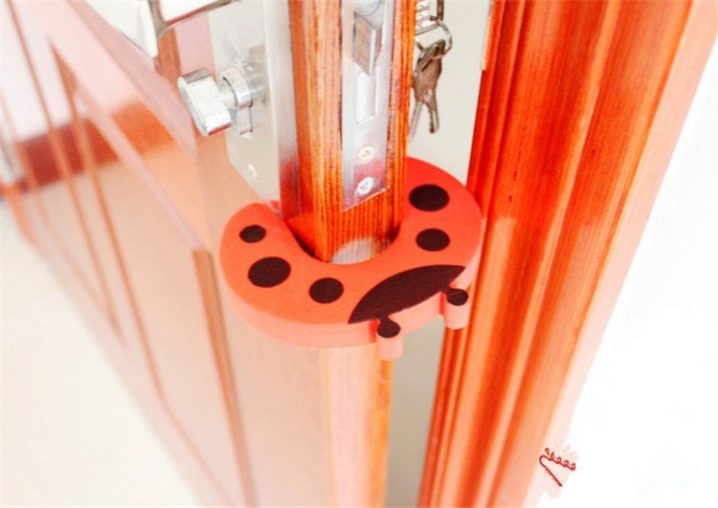
the latch is used to fix the door in a closed state, it can refer to locks or stops;
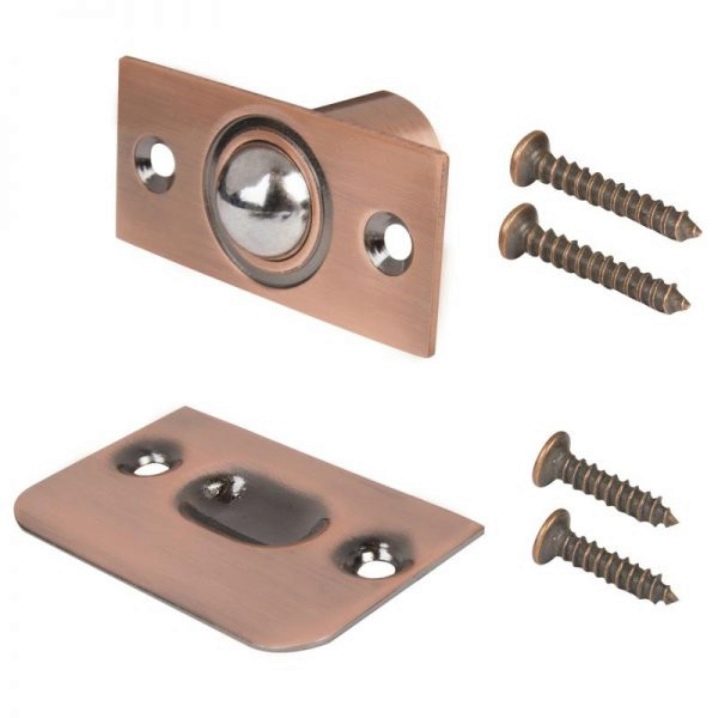
- the closer is not only responsible for the smooth closing of the structure, but also limits the angle.
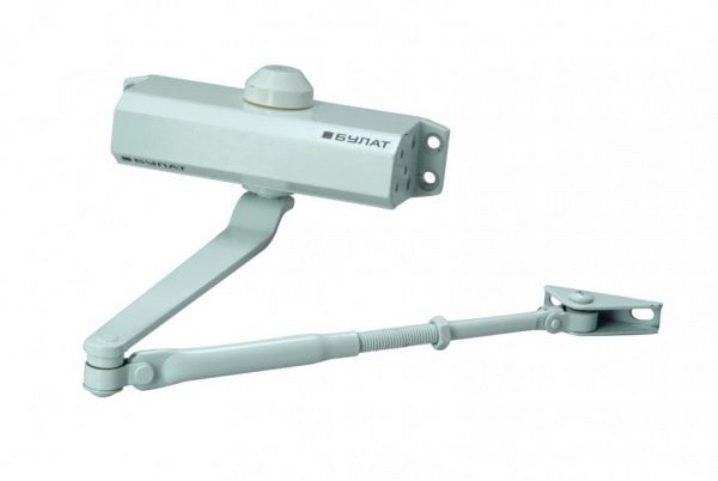
The door stop is available in a wide range. You cannot go to buy it without preparation. First, you need to carefully study each variety and choose a few of the most acceptable options for yourself. In this case, the choice will not be difficult.
Wall elements do not interfere with movement around the house, are convenient for families with small children, versatile, available in a large assortment. They are especially relevant in cases where the floor covering does not allow the installation of a limiter. Available in several varieties:
stocks;
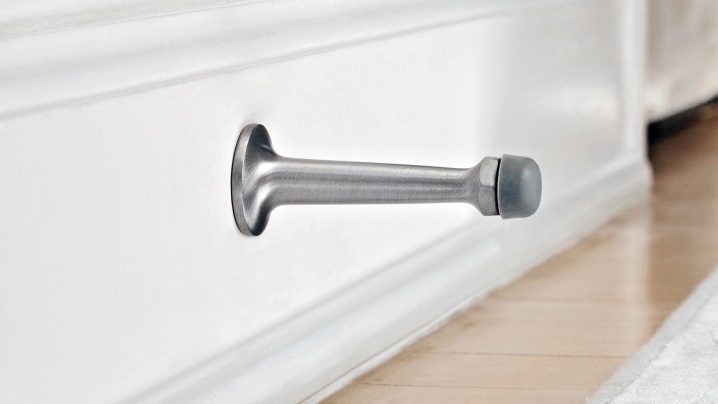
- magnetic clamps;
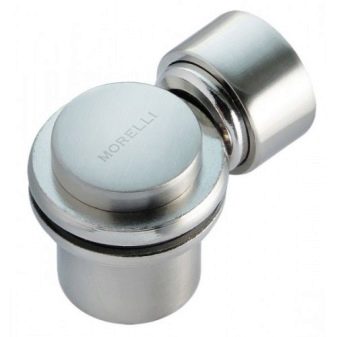
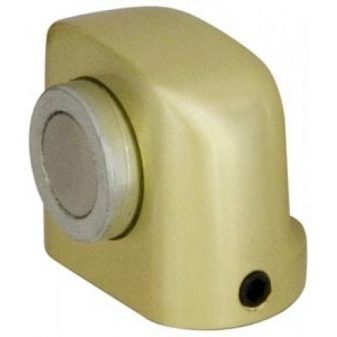
the handle pad is a self-adhesive latch that allows installation without the use of any tools;


- stoppers for door position consist of a stopper and a hook.
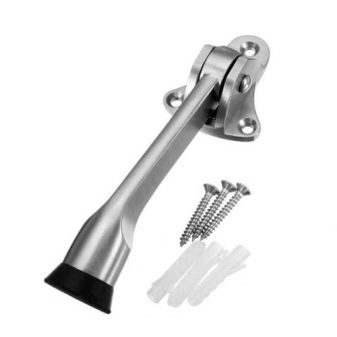
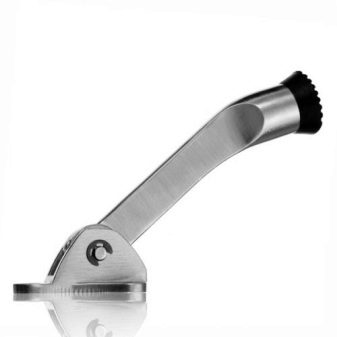
Floor structures can be stationary and mobile. Some models hold the door, while others are able to control the degree of its opening. Magnetic retaining elements are widely used. Such stoppers, due to their diminutiveness and compactness, often cause a kick against them. Therefore, their installation is acceptable in places hidden from eyes and feet.
Over-door stoppers can be installed on the canvas without drilling, which allows you to maintain its integrity. More and more models are chosen that are simply put on the edge of the door. They are made of anti-slip material. Over-the-door stops are available in a wide variety of models:
tape stop - the easiest option;
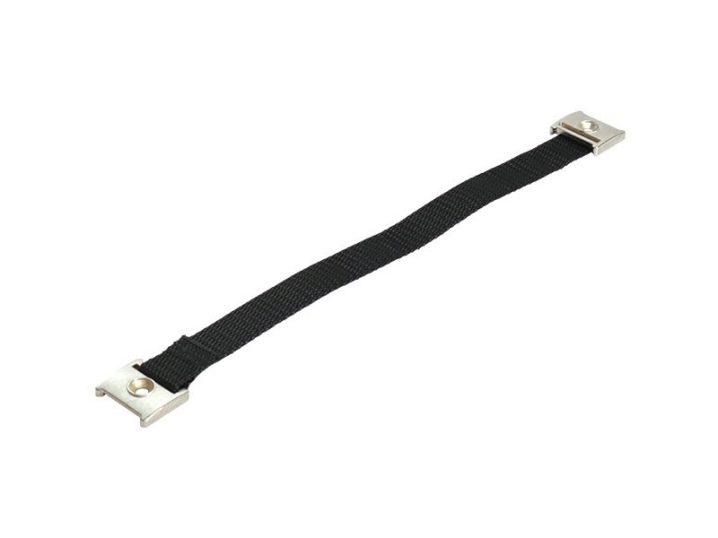
hinged stopper suitable for the front door;
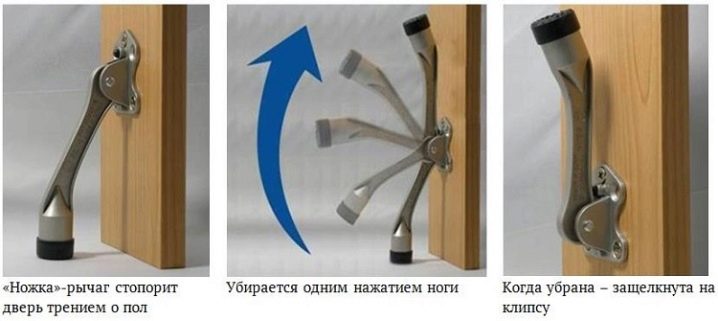
- retractable stop;
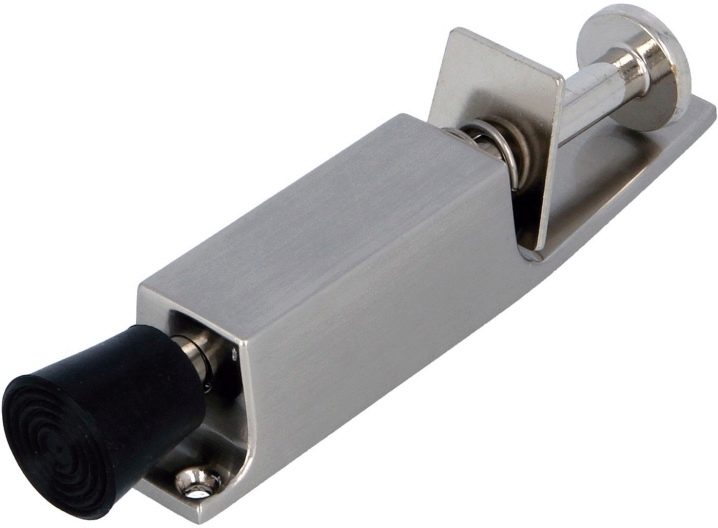
- sliding structure;
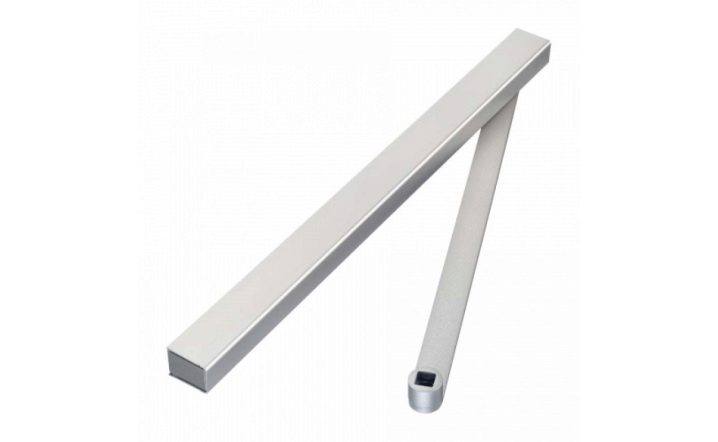
- soft lining.

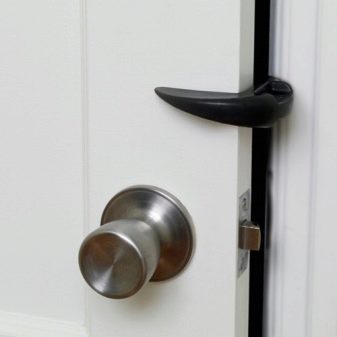
Door stops are divided according to the principle of operation. This characteristic forms the basis of the following classification.
Magnetic stops are available in a large assortment, differ in the principle of placement and installation features. Usually they consist of two elements - one is installed on the door, and the second is located on the wall or floor. Such designs are suitable for light interior doors, since the entrance sheet is too heavy for the magnet.

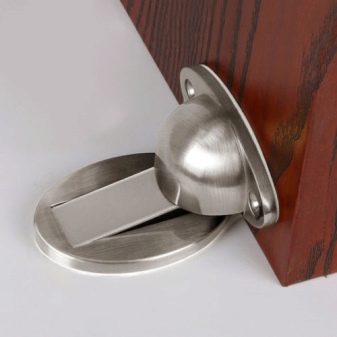
Mechanical are chosen for office space. In houses and apartments, they practically do not occur. Such limiters are presented in the form of a folding structure with a "goat's foot", brake shoe or sliding. There are many options, there are plenty to choose from. Some models are designed to hold the door only in the open position, while other options are able to prevent the leaf from slamming. None of the presented models are valuable for the interior, therefore they are intended for office premises.

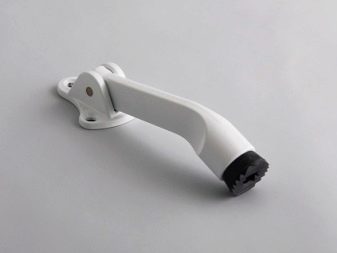
According to the installation principle, the clamps are as follows.
Stationary ones are fixed in a permanent place. In fact, they can be rearranged, but it is better to choose a permanent location.
Repositionable, mobile or adjustable are a common group of mechanisms. Among this variety, two varieties are most popular. The wedge lock is based on the principles of the ratchet mechanism. The wedge is moved by guides, so the user can adjust the opening angle of the door. Lever stops are comfortable and reliable. Adjustment of the opening angle of the door leaf is carried out by folding the lever arms to the required angle.
Anti-vandal limiters are a separate group. Apart from their main function, they are also responsible for the safety of the home. In case of illegal entry, such mechanisms emit a sound signal or send an impulse to the owner's phone or the security console.
Which to choose?
We figured out the varieties, but still there were questions regarding the choice of the door stop. The choice should be based on the following rules.
In the case of glass and plastic structures, as well as interior partitions, it is better to look closely at magnetic latches. We'll have to tinker with the editing, but it's worth it. You won't be disappointed with this limiter.
Each stopper parameter is important. You need to weigh each advantage and pay attention to the disadvantages that are inherent in this or that variety.
The ideal restraint combines safety, efficiency and aesthetic beauty. These three parameters form the basis of the selection.
The design, which is popularly called the "goat's leg", although it looks unremarkable, it will perfectly cope with the massive and heavy entrance door.
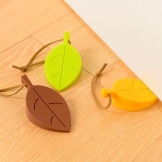
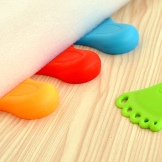
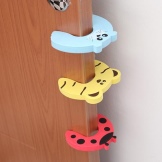
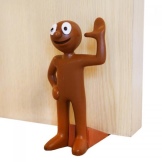
The material from which the door stops are made deserves special attention. The following rules apply here.
The choice of material depends on the frequency and intensity of door operation. For example, in a children's room, you can pick up a plastic model, silicone or polyurethane in the form of a toy. The door in the living room needs a more reliable, strong and durable stopper, since it is used often.
The area of space that is provided for mounting the stopper directly determines the choice of the future mechanism. Small footprint requires a compact steel or brass construction.
For a heavy door made of solid wood, you need to choose the appropriate limiters. It can be an all-steel structure. Models with metal or aluminum housing are available. Still, the first option will be more successful.
For a bathroom, it is worth looking at a magnetic model with a plastic case, in this case the extra costs will not be justified.
Examples of design options
What forms do door stoppers not take: classic, vintage, strict and laconic, comic and childish. There really is plenty to choose from.
One of the simplest restraints, which looks very stylish and is as easy to install as possible. Devices of this type are glued to the wall, they do not interfere, they do not need to drill the floor or the door. You can't hit such a limiter with your foot. In short, a very worthy option.

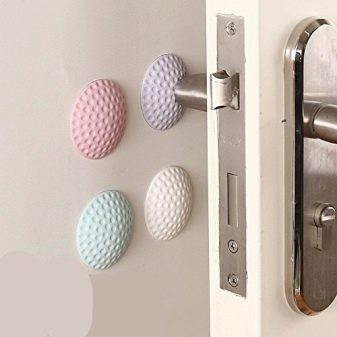
This bright option is great for a child's room. The safety system has a pivoting design, which allows the stopper to remain on, even when the stopper is not required. Such structures are usually attached by means of double-sided tape, it is often included in the package.
One of the options for wall / door magnetic stop. Rich functionality is hidden behind simplicity and elegance. This stopper will attract the door, excluding loud opening. The magnet reliably holds the blade in the open position and prevents arbitrary closing.
“Everything ingenious is simple” - I want to say at the sight of such a limiter. It just lays down on the floor in the right place, that's all it takes to limit the door's movement. At any time, you can change its location or completely remove it as unnecessary. Such limiters are available in a large assortment, differing not only in size and color. It can be a dove, a tube of paint, a pet's paw, a monster, a piece of cheese, a hand, a key, a shoe. You can find any limiter, manufacturers try to satisfy all desires, even the most crazy ones.



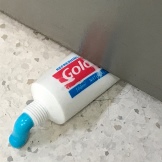
- It has already been mentioned more than once about the "goat's leg" restraints. This is how it looks in reality. Such devices are one of the few that are suitable for heavy entrance doors.
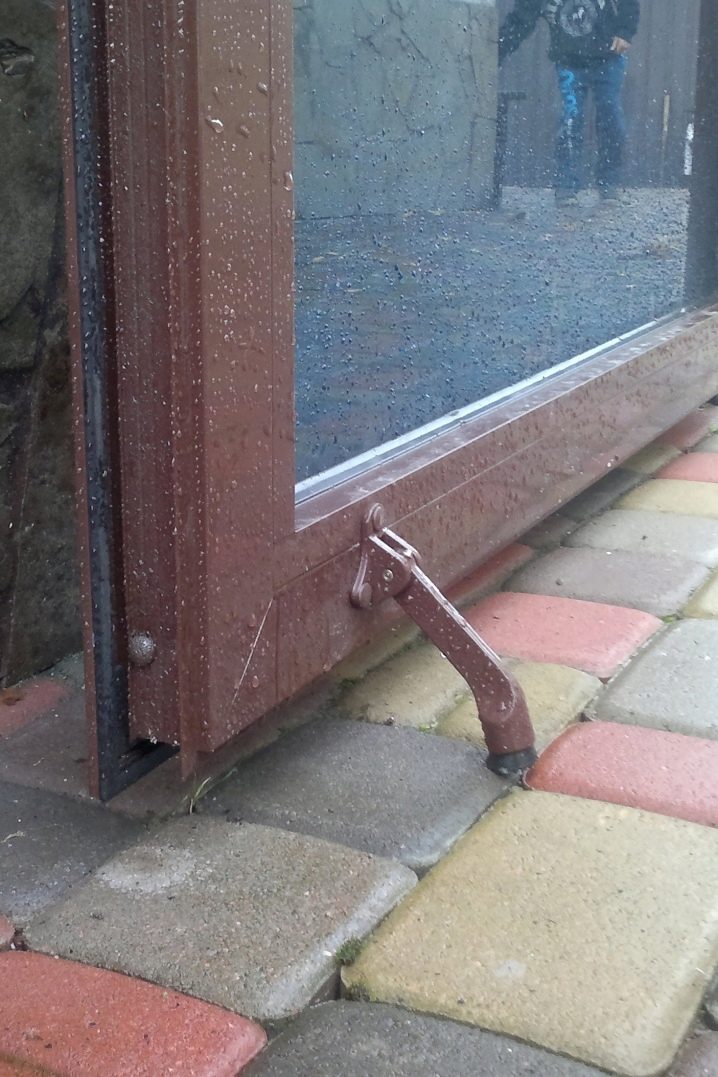
You will learn about the types of door restraints from the video.













The comment was sent successfully.